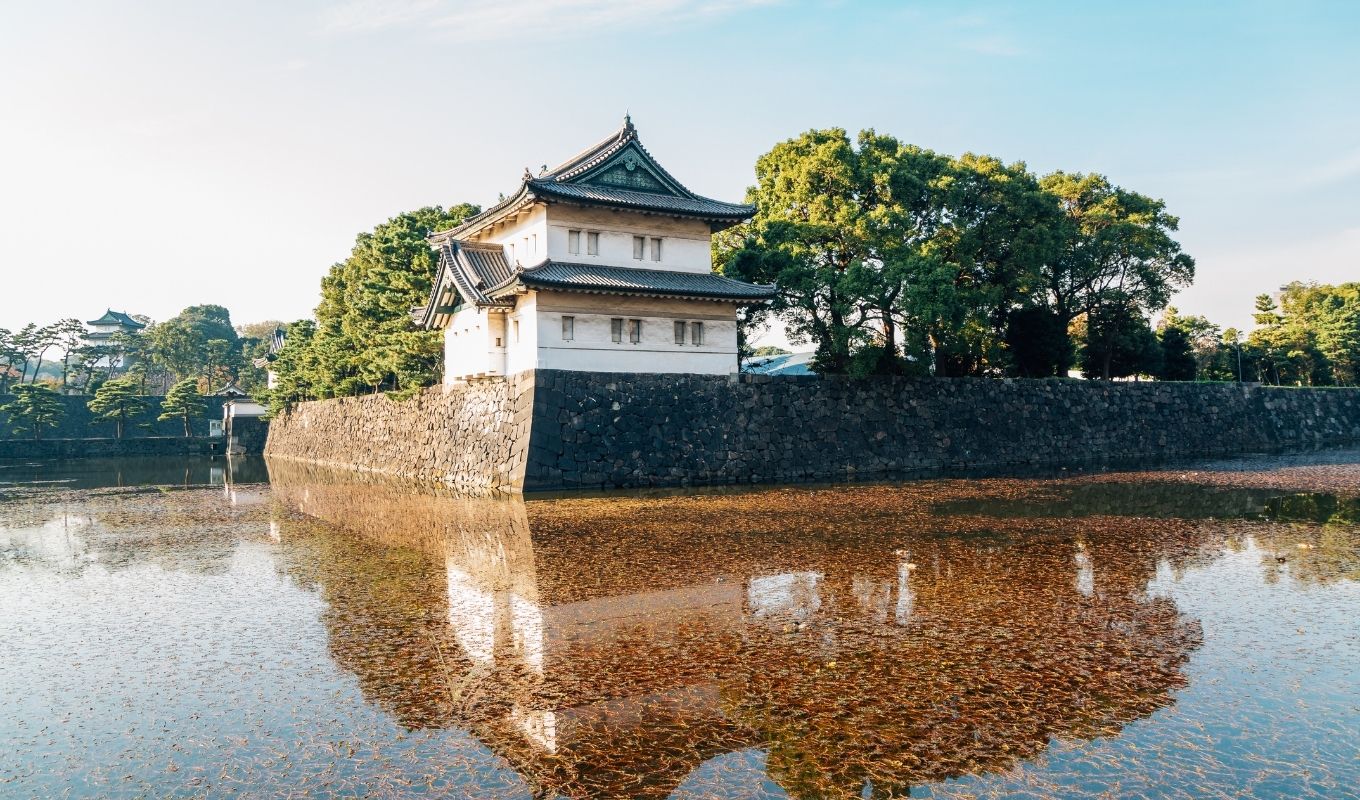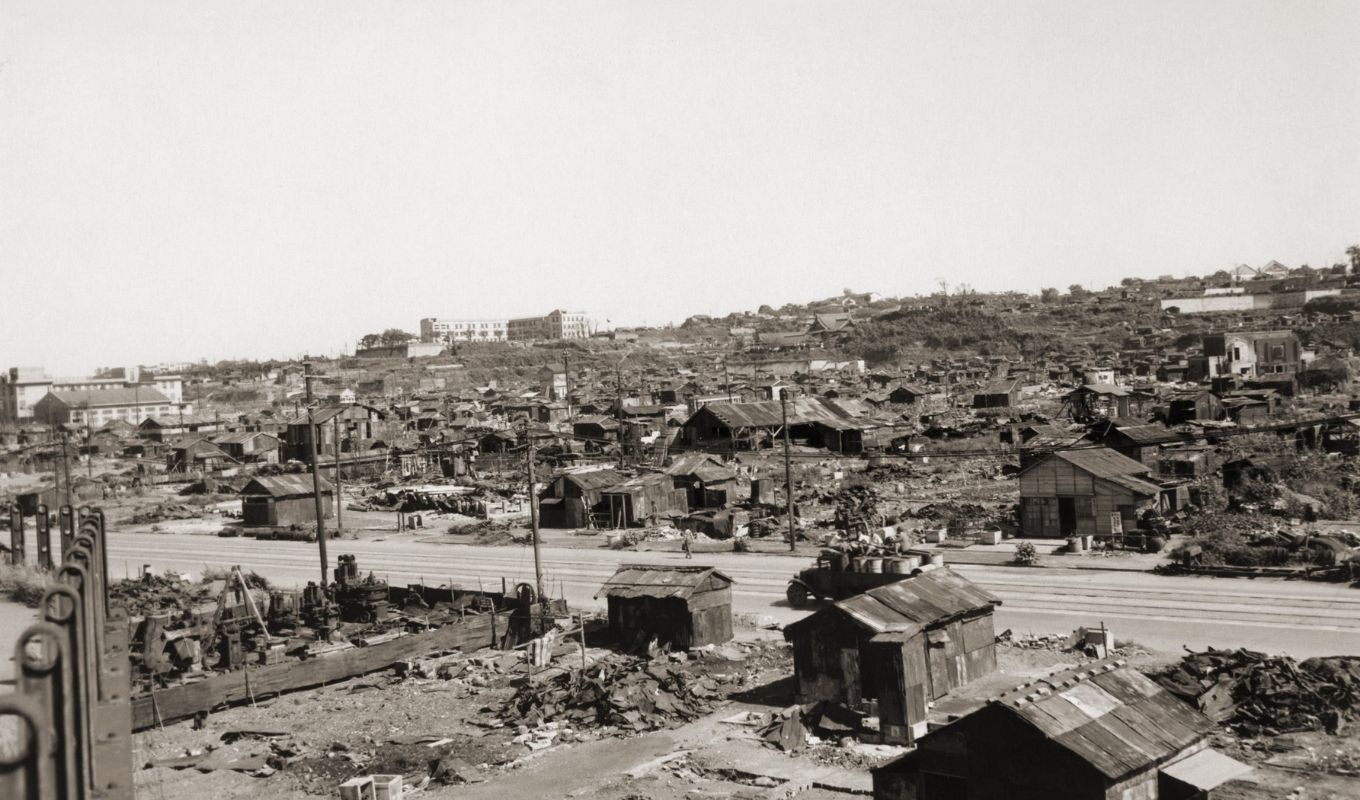Tokyo History: Discover why Tokyo was completely wiped out more than once in the History Of Japan, and which places to visit in Japan reveal the Japanese History at its Best.

- Tokyo, Edo in her former name, was founded in the 12th century. Tokyo History was started by a local aristocrat, Edo Taro Shigenada, who built a fort here.
- The castle passed in 1590 to Ieyasu Tokugawa, founder of the Tokugawa line of shoguns. The Tokugawa shogunate was established in 1603 with Edo as its seat of government. The emperor’s residence and formal capital remained in Kyoto.
- In Tokugawa times, the shogun’s palace was circled by the residences of the daimyos – feudal barons, and Samurai which were a military army created to protect the noble class.
- The city prospered as a commercial and cultural center, it later declined as the shogun’s status weakened.
- Imperial history in Tokyo started in 1868, as the last Tokugawa shogun surrendered Edo Castle to the imperial forces. The emperor Meiji was restored to power.
During the restoration, the emperor moved to the Imperial Palace in Tokyo, making the city the formal capital of Japan and renaming the city Tokyo (eastern capital) as distinguished from Kyoto (western capital). - One of the most well-known facts about Tokyo History is the 1923 Tokyo earthquake in which 130,000 people died. The 1923 Tokyo earthquake wiped out almost all Tokyo places. Huge fires burnt the remains. This was the biggest disaster in the history of Japan.
A massive reconstruction was planned. The rebuilt city included wide streets designed to stop fire in case of another earthquake. - During World War II heavy Allied bombing devastated half of Tokyo, destroyed or damaged many major attractions in Tokyo, much of them were burned to the ground. Among them was the Tokyo Meiji Jingu shrine which was dedicated to beloved Emperor Meiji.
- The city’s population after bombings in 1945 was only half that of 1940. After the Occupation General Douglas MacArthur established his headquarters in a building overlooking the Imperial Palace. The emperors’ role was declared symbolic.In the post-war years, Japan entered a period of rapid economic growth. This was mainly thanks to the Korean War, in which Japan was a major supplier to the NATO forces.Tokyo hosted the 1964 summer Olympics, presenting to the world that Japan was a modern, industrialized nation.

See More: Brief History Of Japan
See Also: Ancient Japanese Culture And History
Tokyo History & The Economy In Japan: The Lost Decade
The economic miracle ended unexpectedly at the start of the nineties. The ‘bubble’ ended in a massive crash in the stock market, a debt crisis, and a crisis in the banking sector with many banks having to be bailed out by the government.
That era is known as the lost decade in the economy of Japan. Tokyo’s economic growth came to a total stop during the nineties.
Although the recession following the bursting of the bubble economy hurt the city, Tokyo has become one of the most dynamic capitals in the world.






